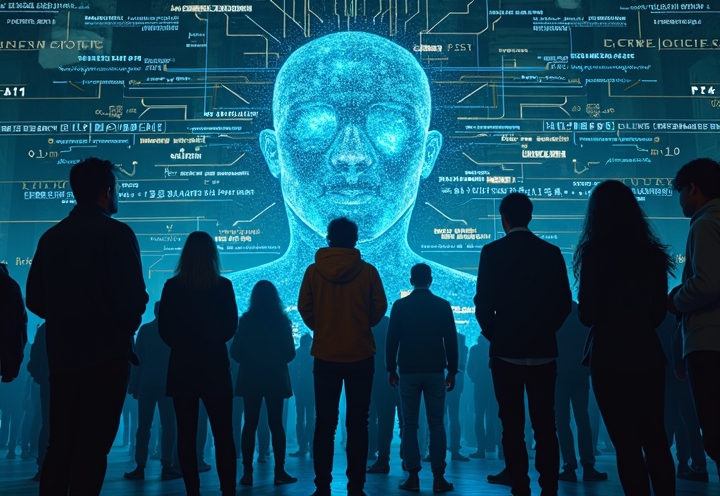
AI Codes Confidently But Often Gets It Wrong
30 years coding, 8 with AI: The real skill isn’t getting AI to write code – it’s knowing when to ignore its confident answers. AI hallucinates with authority.

30 years coding, 8 with AI: The real skill isn’t getting AI to write code – it’s knowing when to ignore its confident answers. AI hallucinates with authority.

Know when to tweak your AI prompts vs starting fresh? I treat prompt engineering like software development – iterate when you’re close, reboot when the foundation is broken.

After 8 years with AI, I’ve learned the secret isn’t perfect prompts – it’s iteration. Treat each response as feedback, refine your approach, and know when to start over.

After 8 years with AI, I finally figured out why some people get great results while others just get frustrated: they’re trying to solve everything at once instead of breaking it down.
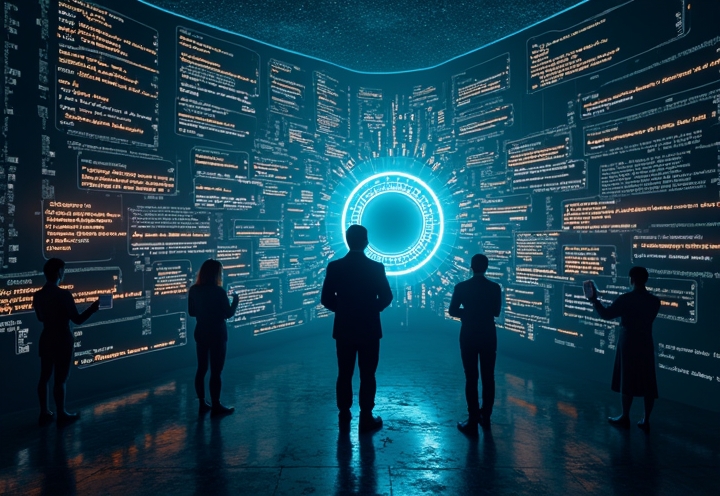
Breaking complex coding problems into smaller chunks gets better AI results than fancy prompts. After 30+ years coding, I’ve learned the real skill is decomposition, not prompt engineering.

Most AI coding assistants are just fancy autocomplete. After testing them all, I found one that actually understands software development – not just syntax, but architecture, workflows, and the full dev lifecycle.

After 30 years of coding, most AI assistants disappoint. Roo Code for VS Code actually gets it right – understands your whole codebase, not just files, and helps without getting in the way.

After 30 years in software, I learned that working with AI isn’t about the tool – it’s about developing the right skills. Clear prompts, breaking problems into chunks, careful delegation, and treating AI like you manage people makes all the difference.

After 30 years coding and 8 in AI, I learned there’s no “best” coding assistant – just the right match for your task. Context matters more than capabilities, and mastering how you work with AI beats picking the fanciest tool.

Your AI coding assistant’s confident answers might be dead wrong. After 30 years of coding, here’s how to spot the red flags before your code breaks in production.

Knowing when to iterate a prompt versus starting over mirrors debugging versus refactoring code. I break down the exact signals that tell you which path to take.
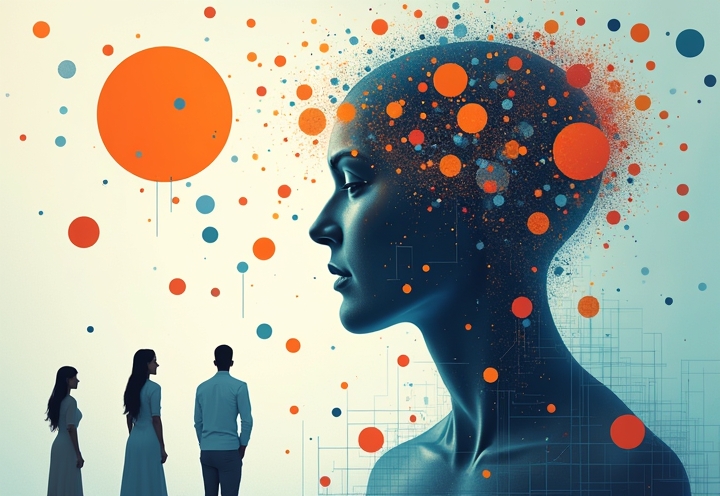
After 30 years coding and 8 in AI, I’ve found one skill that changes everything: breaking problems into clean chunks before asking AI for help. Most people skip this step and wonder why their results are messy.

I discovered gratitude isn’t something you feel – it’s something you build. My Practical Empathy Practice starts with understanding what I actually need, then extends that same awareness to others.
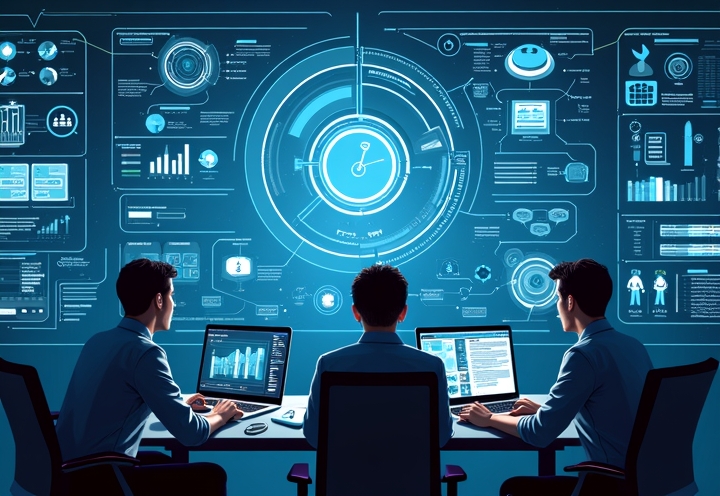
Companies waste six figures on AI tools that sit unused because they focused on what the tech can do instead of what humans actually need. The real efficiency gains come from mapping your team’s workflow first, then building AI around that.

I thought gratitude just happened naturally until life got messy. Turns out you can actually grow it on purpose by tuning into feelings and values – yours and others. Here’s how it works.

Most AI projects fail after demo day – not because the tech doesn’t work, but because nobody wants to use it. Learn how to build AI that people actually adopt.

I used to let anger control me until I learned it’s actually a messenger. Now I have a 4-step process that turns anger into connection instead of pushing people away.

AI coding tools fail when they run wild, but spec-driven development with custom instructions creates rails that keep AI aligned with your team’s standards and architecture.

After 40 years building software, I noticed smart people burning out on tasks that could be automated. So I built Creative Robot – a platform that writes and posts blog content for you.

Built Creative Robot to solve content creation stress for business owners who post once then vanish for weeks. Automated service writes and publishes your content while you run your business. First month free, no contract required.

Built Creative Robot to end social media burnout for business owners. Digital assistant writes in your voice, schedules posts, and handles everything automatically.

Tired of spending hours creating social media content? An AI system that writes and posts for you automatically – learns your voice, saves 15+ hours weekly, first month free.

After 30+ years coding, I tested every assistant. The best one isn’t flashy – it bends to your process with custom modes, deep codebase understanding, and privacy control.
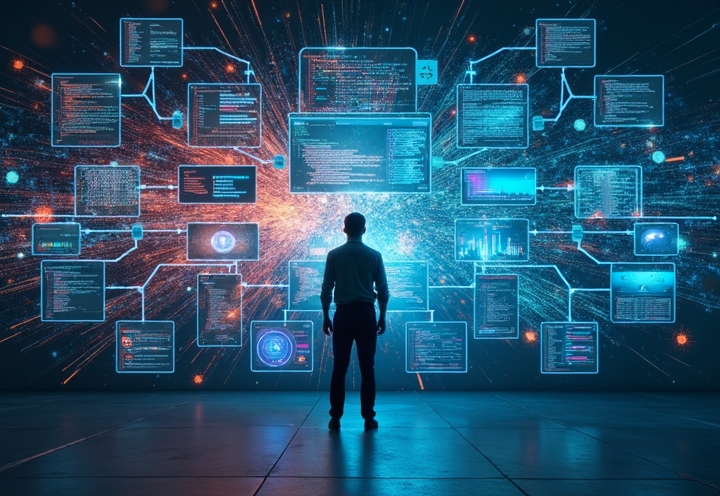
My dev team went from AI chaos to “agents on rails” – custom AI instructions that turn unpredictable coding assistants into reliable spec-following tools.

Teams waste months building features that miss the mark. The fix? Train AI coding assistants with detailed specs and custom instructions instead of using them as autocomplete.

After 30+ years of coding, I found an AI assistant that actually gets it. Roo Code isn’t just autocomplete – it understands your whole project and cuts down grunt work so you can focus on real problems.
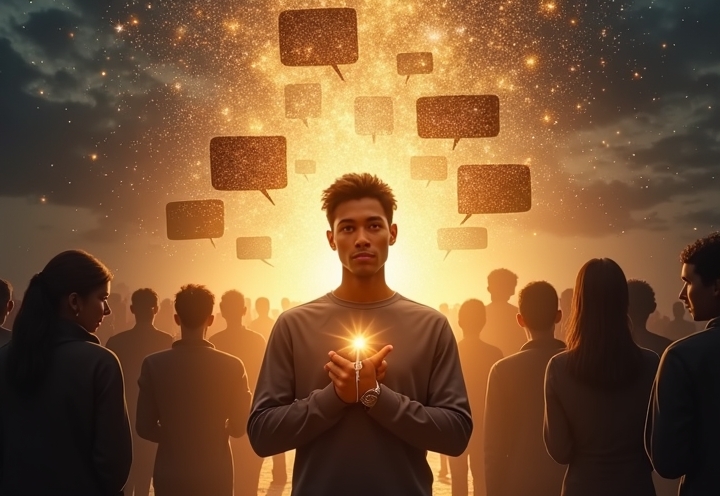
Most communication advice teaches us that other people control our emotions. That’s backwards. You own your feelings and responses – no one controls how you react without your permission. Once you understand this, you stop being a victim of others’ words and start building real connection.

I used to think empathy meant feeling what others feel. Turns out, that’s not always helpful – and sometimes makes things worse. Real connection requires seeing clearly, not drowning in emotions.

Found Roo Code – an open-source AI assistant that understands your entire project, not just autocompletes. Has different modes for coding, debugging, architecture planning.

Think empathy means feeling what others feel? That’s sympathy – and it backfires. Real empathy is cognitive understanding without drowning in emotions or pushing advice.
Recent Comments